Examples to find Least Common Multiple by using Prime Factorization Method
This topic would provide various examples on finding the least common multiple using the method of prime factorization.
Here are few examples illustrated on finding the least common multiple using the prime factorization method.
1. Find the least common multiple (L.C.M) of 105 and 124 by prime factorization method
The factors of 105 = 5 × 3 × 7
The factors of 124 = 2 × 2 × 31 = 22 × 31
The prime factors are 2, 3, 5, 7 and 31
The highest power of 2 is 22
The highest power of 3 is 3
The highest power of 5 is 5
The highest power of 7 is 7
The highest power of 31 is 31
The least common multiple of 105 and 124 is 22 × 5 × 3 × 7 × 31 = 13020
2. Find the least common multiple (L.C.M) of 18 and 30 by prime factorization method
The factors of 18 are: 2 × 3 × 3 = 2 × 32
The factors of 30 are: 2 × 3 × 5
The prime factors are 2, 3, and 5
The highest power of 2 is 2
The highest power of 3 is 32
The highest power of 5 is 5
The least common multiple of 18 and 30 is 2 × 32 × 5 = 2 × 3 × 3 × 5 = 90
3. Find the least common multiple (L.C.M) of 180 and 220 by prime factorization method
The factors of 180 are: 2 × 2 × 3 × 3 × 5 = 22 × 32 × 5
The factors of 220 are: 2 × 2 × 5 × 11 = 22 × 5 × 11
The prime factors are 2, 3, and 5
The highest power of 2 is 22
The highest power of 3 is 32
The highest power of 5 is 5
The highest power of 11 is 11
The least common multiple of 180 and 220 is 22 × 32 ×5 × 11= 2 × 2 × 3 × 3 × 5 × 11 = 1980
4. Find the least common multiple (L.C.M) of 360 and 520 by prime factorization method:
The factors of 360 are: 2 × 2 × 2 × 3 × 3 × 5 = 23 × 32 × 5
The factors of 520 are: 2 × 2 × 2 × 5 × 13 = 23 × 5 × 13
The prime factors are 2, 3, 5 and 13
The highest power of 2 is 23
The highest power of 3 is 32
The highest power of 5 is 5
The highest power of 13 is 13
The least common multiple of 360 and 520 is 23 × 32 × 5 × 13 = 2 × 2 × 2 × 3 × 3 × 5 × 13 = 4680
5. Find the least common multiple (L.C.M) of 44 and 88 by prime factorization method:
The factors of 44 are: 2 × 2 × 11 = 22 × 11
The factors of 88 are: 2 × 2 × 2 × 11 = 23 × 11
The prime factors are 2 and 11
The highest power of 2 is 23
The highest power of 11 is 11
The least common multiple of 44 and 88 is 23 × 11 = 2 × 2 × 2 × 11 = 88.
From Examples to find Least Common Multiple by using Prime Factorization Method to HOME PAGE
Recent Articles
-
What Is Plasma? | Blood Plasma | Proteins | Nutrients | Cholesterol
Nov 07, 25 10:29 AM
Blood is a mobile fluid which is a connective tissue and is derived from the mesoderm like cell any other connective tissue. Colour of blood is reddish and that flows inside the blood vessels by means… -
Disorders of Respiratory System | Tuberculosis | Pleurisy | Emphysema
Oct 28, 25 11:39 PM
Tuberculosis is very common disease and is caused by a type of bacteria called Mycobacterium tuberculosis. This disease causes different trouble in the respiration and infection of several parts of th… -
Regulation of Respiration | Respiratory Centres | Inspiratory Area |
Oct 14, 25 12:13 AM
Respiratory Centre is the area that controls the rate of respiration and it is observed to be located in medulla oblongata and pons. Respiratory Centre has the following will dispersed components like… -
Explain Transport of Gases | External Respiration | Tissue Respiration
Oct 09, 25 11:35 PM
In humans gaseous exchange is completed in the following ways the steps are - External Respiration or Breathing - Breathing in false taking in of Oxygen and giving out of carbon dioxide in the body. M… -
Kind and Number of Teeth | Location of Teeth in Mouth | Care of Teeth
Sep 11, 25 12:52 AM
Kind and Number of Teeth
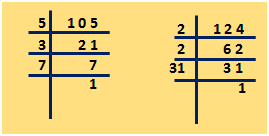
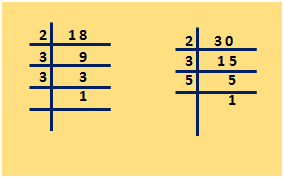
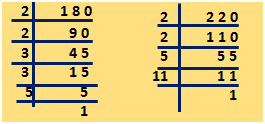
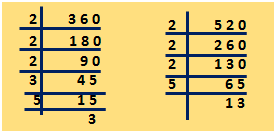
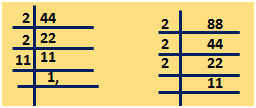






New! Comments
Have your say about what you just read! Leave me a comment in the box below.